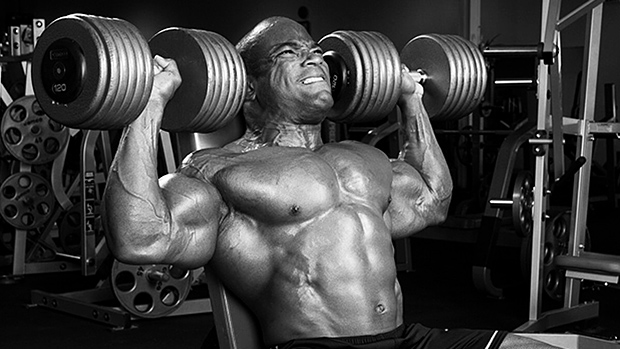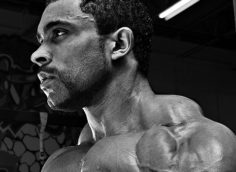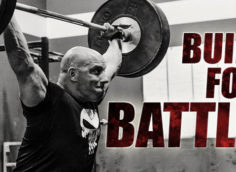"No Pain, No Gain!"
It's the favorite expression of gym bros everywhere, and it can allude to several different things:
- The burn: Feeling the accumulation of lactic acid/hydrogen ions in the muscle.
- The effort: The feeling of exertion from moving monster weights.
- The self-destruction: The feeling of being incapacitated afterward.
The accumulation of lactic acid CAN contribute to muscle growth. It stimulates the release of local growth factors. And the type of work that leads to it is conducive to hypertrophy – sets lasting 40-60 seconds using fairly decent weights. This approach causes a lot of muscle fiber fatigue, which is a stimulus for adaptation and growth. So there's some value in this mindset.
Likewise, progressive overload (gradually trying to increase the demand of a workout) works when it comes to building size and strength. Fighting to add weight to the bar is the most common progressive overload method and has stood the test of time.
And it's true that constantly trying to move more weight will not be physically pleasant. It's hard and it can even hurt sometimes. So it would appear that this would confirm the "no pain, no gain" expression. But...
Don't Buy the T-Shirt Just Yet
Feeling like crap after a workout isn't something to take pride in. The natural body has a limited capacity to adapt. If you feel like hell after a workout (nauseated for example), are shaking (indicating CNS overload), or can barely walk because your legs lock up, it's normally indicative of doing too much for your own capacity to recover.
The cortisol release will be huge, and as a natural lifter this won't lead to gains, at least not gains proportionate to the effort you put in.
The problem could also be nutritional. Being nauseated is more often an indication of eating solid foods too close to a workout. When you train you divert blood flow toward the muscles and digestion is much less efficient and can leave you nauseated.
Having your legs lock up is often a symptom of dehydration or electrolyte deficiency/imbalance, and shaking or cramping could come from the abuse of stimulants which can wreck your adrenal glands over time.
And what about soreness so intense that you can hardly function? First of all, soreness isn't necessary to stimulate growth. And excessive soreness could actually mean you went too far and you won't be able to recover fast enough for your next workout.
I'll use an extreme example to illustrate what I mean. A few years back I wanted to push my Olympic lifts up. I knew I needed more leg strength to be able to snatch and clean heavy again. So I did a high-volume workout that emphasized heavy weight, accentuated eccentrics, time under tension, and extensive plyo. I felt physically crushed but ecstatic about my work ethic. Surely it would make my squat skyrocket!
Yeah, it didn't work out that way. For 14 days I couldn't squat down lower than a quarter squat. I couldn't do any Olympic lifting either. It took 21 days to get back up to a good squat weight. Was that workout a good investment? No! It ruined three weeks of training.
You can trigger growth, even maximal growth, without being sore. And as a natural lifter, you can't push all your sets past the point of failure if you do a high volume of work.




